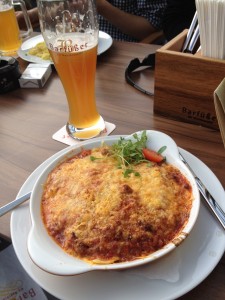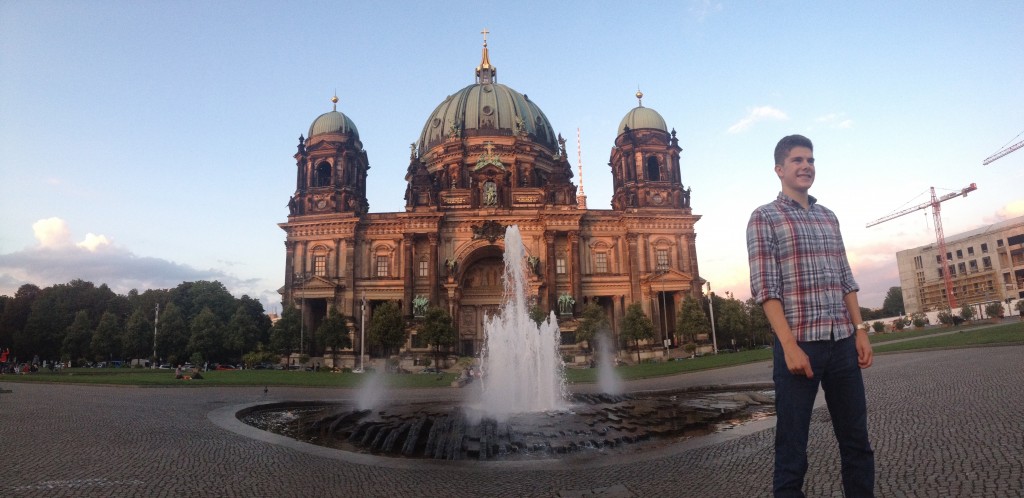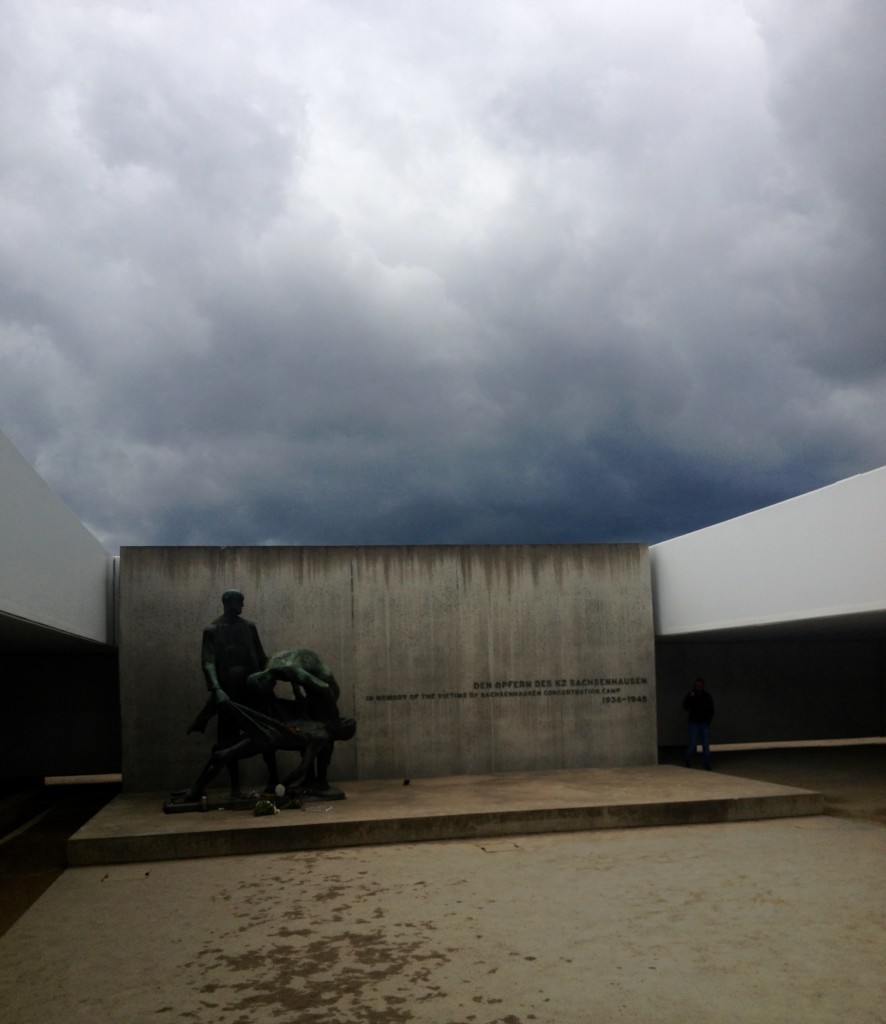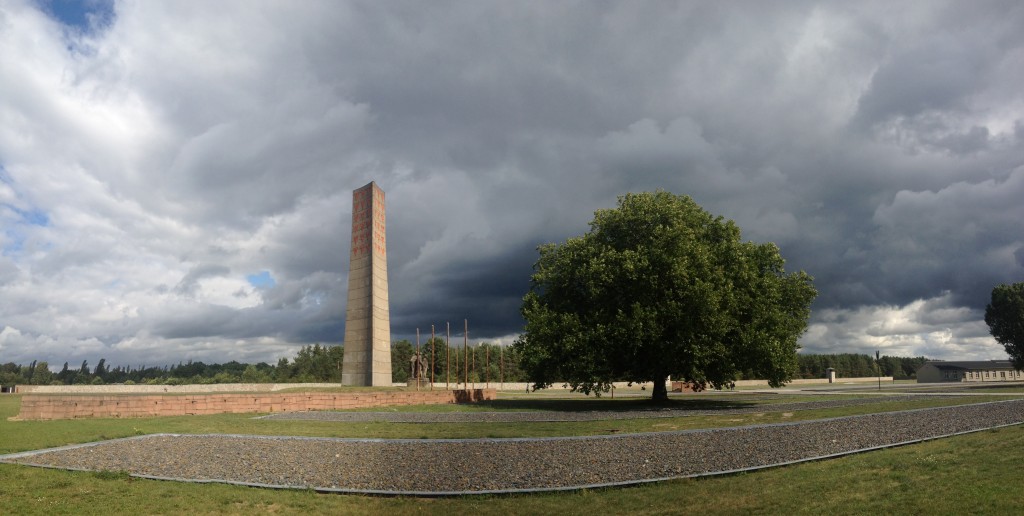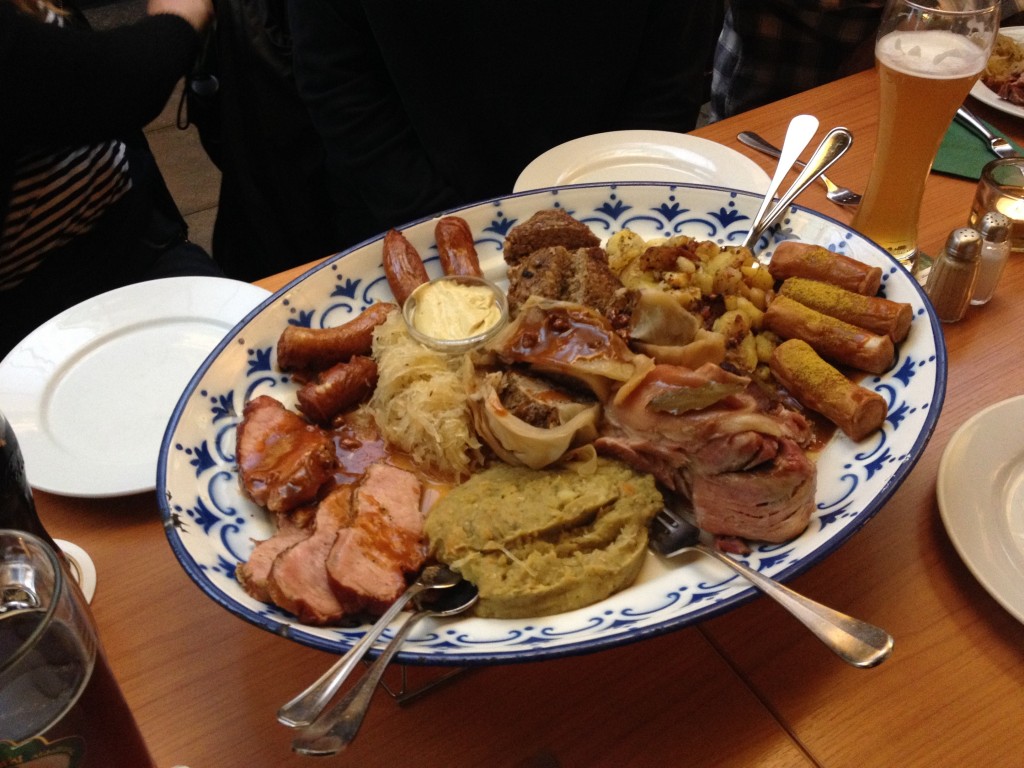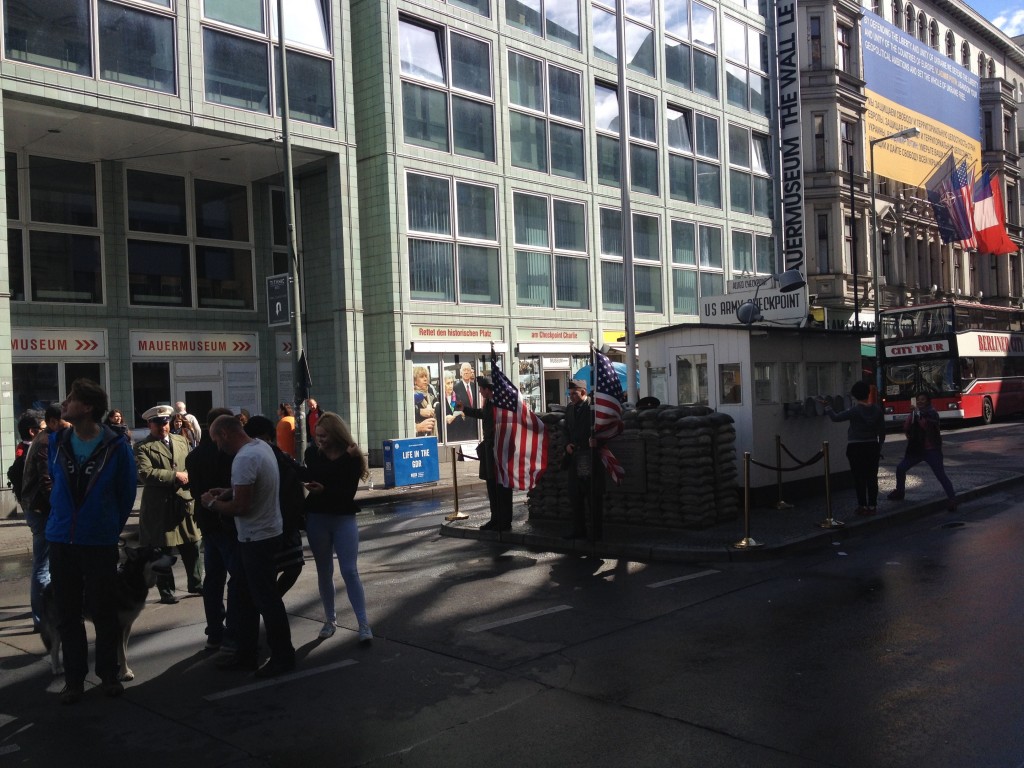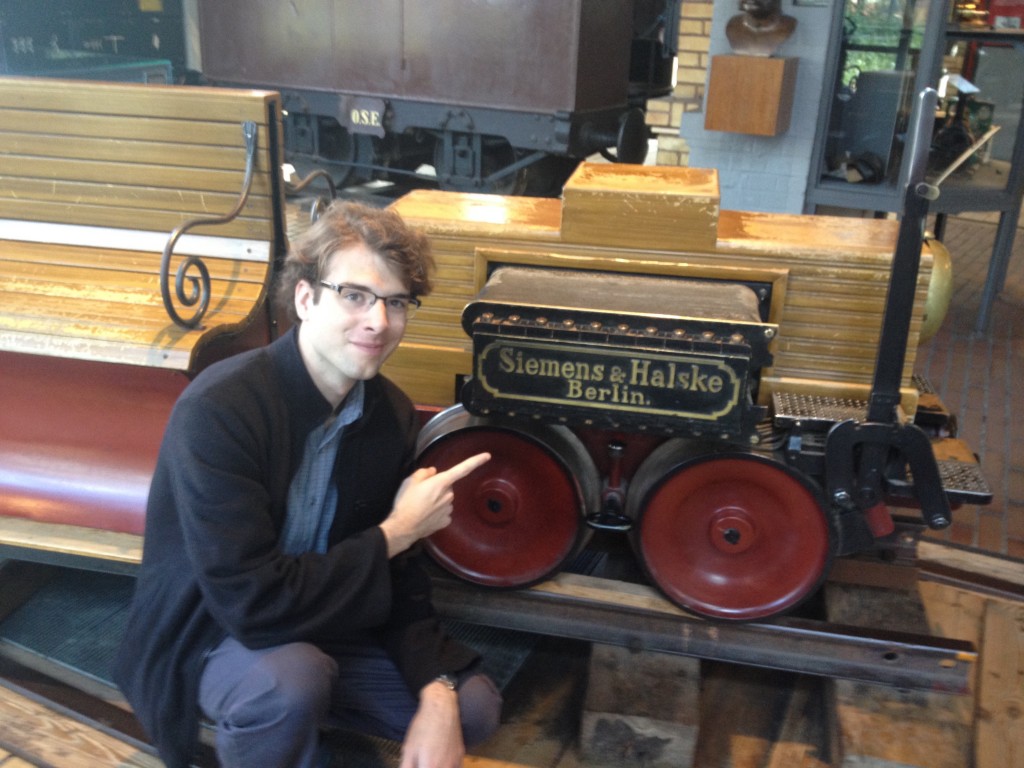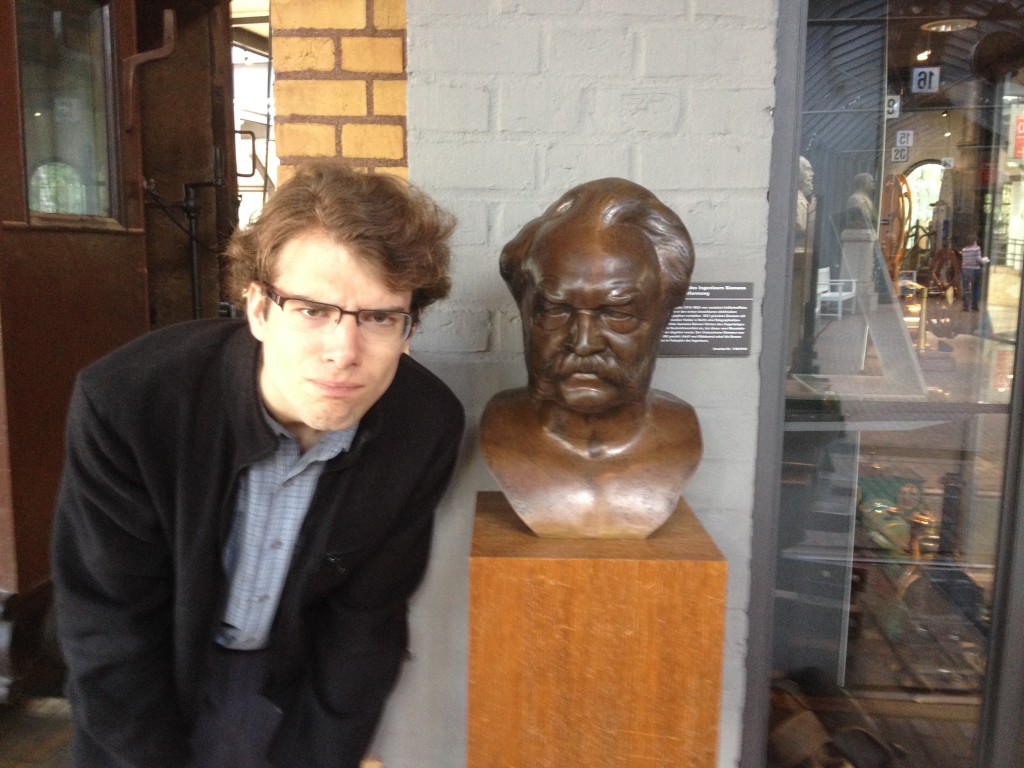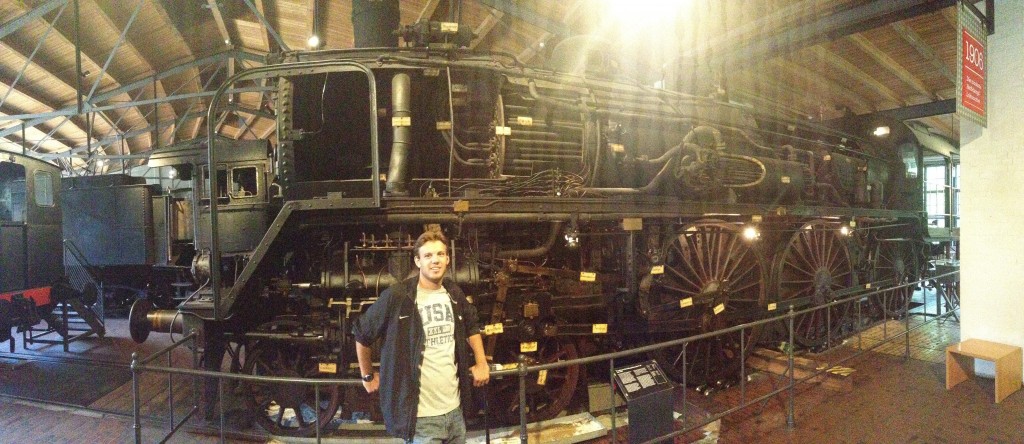If you’re living in a foreign country for any extended period of time, you’re bound to run into things that just happen differently than what you’re used to. It is unrealistic to expect things to be the same, but with just a little flexibility on your part, you can find yourself adapting pretty well to these things.
In case this post is too long for you to want to read the whole thing, some of the big points are covered in this video:
Electrical outlets are different. This will not affect your life in any way whatsoever, as long as you’ve made sure you have dual voltage plugs.
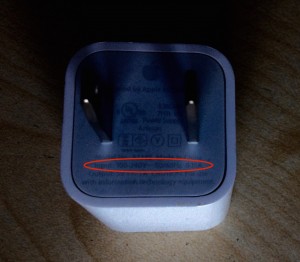
“Input: 100-240V~ 50/60Hz 0.15A” This is a magical symbol. If it’s on your charger, then it will work (with a plug adapter) in Europe.
Light switches are different too. Many tend to be reversed from the US, with a [down] = [ON] scheme. However, they’re huge, so you really just have to hit the thing somewhere and you’re good to go.
At one time, I judged Germans for their obsession with mineral water. I had tried it before, but didn’t particularly enjoy it. It’s carbonated, and has a distinct taste from the ions dissolved in it. My opinion of Mineralwasser did a sharp about-face in the past few weeks, and I now quite enjoy the stuff. However, beverages is one of those areas over which one should (rightly) have complete control. If you don’t like Mineralwasser, have a Hefeweizen.
Speaking of Hefeweizen, the beer in Germany is decidedly better here than similarly-priced beer in the US. This is a very easy adjustment to make upon your arrival, but I have a feeling that the adjustment will be far more difficult when I come home. That’ll be fun. I can’t remember who first remarked to me that American beer is essentially rental beer. Beer goes in, you have fun with it for a few hours, and then you excrete an eerily similar product once your lease expires. Not the most pleasant analogy, but people who are still sober enough to follow the logic really enjoy it.
I’ve taken quite a few showers here, and I have yet to find one that is not sufficiently tall. As a taller-than-average person, I’ve grown accustomed to stooping in the shower – even in my own home! As far as I can tell, this problem does not exist in Germany. Unfortunately, the same is not true for doorways. Older buildings (several centuries old) might have shorter doorways, but people weren’t as tall, so that’s excusable. You know that you’re in an old place, so it’s your duty to watch your own head. However, I’ve also bonked my head walking out the front door of the dorm, which is never a good way to begin one’s day.
FOOD AND SHOPPING
Everything that I’ve purchased has tax included in the price tag. This makes calculation so much easier, and helps somewhat with budgeting. I can go to the grocery store and pay with exact change (assuming that I have exact change). The calculation isn’t a bunch of adding, then multiplying (or multiplying multiple times for different tax rates – alcohol for example) – it’s straight adding. If you were super curious, the receipt gives a rundown of the taxes applied for your different items, but I can’t think of any reason why I would need to look at this.
Tipping is also considerably different. Not leaving a tip is generally not seen as rude. Usually, I round up to whatever is easiest to make change. Far easier in the calculations than I’m used to. Sure, mentally calculating a tip is never a problem, but it’s so very nice not to have to!
BACK TO OTHER STUFF
Half of the time, showers don’t have curtains. My friend Dominic posited that this was due to the German appreciation for things that look good. Why block a well-designed shower by covering it with a curtain or a door? This argument may have been true for the shower in his apartment, but I’m not convinced that it applies everywhere (see video). Not having the curtain means more careful planning when you’re bathing. Don’t set your clothes somewhere that will become or already is wet.
Light switches are sometimes located outside of the room in which the lights are located. This isn’t a problem necessarily, but if you forget about it, you may find yourself looking around in a room for a switch that isn’t there. This has some potential for asinine pranks, particularly with showers. Fortunately, this has yet to occur.
One very nice difference: Donald Trump (or insert the name of whatever presidential hopeful you want) can say the stupidest, most racist thing ever, and it still wouldn’t show up in the evening news here. Instead, we have substantive, worthwhile stories. There’s a refugee crisis going on, and the response from the US has been disappointing at best. This is a global problem – people are dying because of the inaction of countries that should be helping. I only wish that my politicians answered to their constituents.
As you probably noticed, most of these differences are superficial. You’ll notice them, but likely would not be annoyed by anything here. I’ll talk about the especially gear-grindy stuff in a later post. For now, dinner time. Tchuss!
